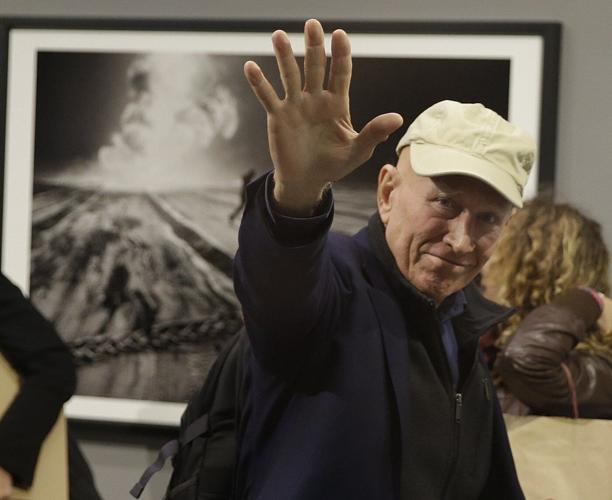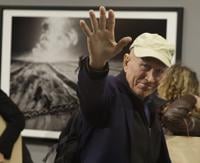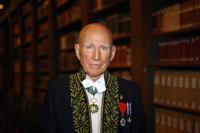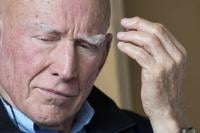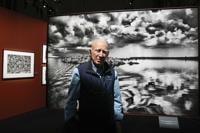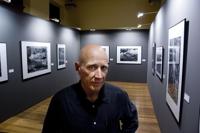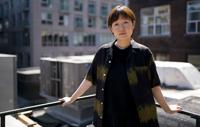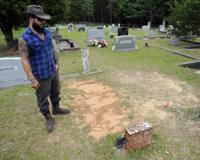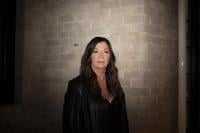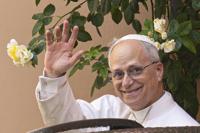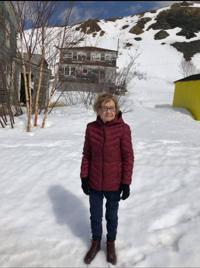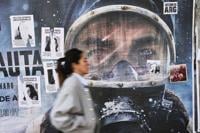SAO PAULO (AP) — Brazilian photographer and environmentalist Sebastião Salgado, known for his award-winning images of nature and humanity, died at 81 from leukemia, his family said Friday. Local media reported he died in Paris, where he lived for more than 55 years.
Salgado's style is marked by black-and-white imagery, rich tonality, and emotionally charged scenarios. Many of his best pictures were taken in impoverished communities, especially in the Amazon and in Africa. He was recently experiencing undisclosed health problems.
“Through the lens of his camera, Sebastião tirelessly fought for a more just, humane, and ecological world,” Salgado's family said in a statement.
“As a photographer who traveled the globe continuously, he contracted a particular form of malaria in 2010 in Indonesia while working on his Genesis project. Fifteen years later, complications from this illness developed into severe leukemia, which ultimately took his life,” the family added.
Earlier, Instituto Terra, which was founded by Salgado and his wife Lélia Wanick Salgado, and the French Academy of Fine Arts, of which he was a member, announced his death, but did not provide details on the circumstances or where he died.
“Sebastião was more than one of the best photographers of our time,” Instituto Terra said in a statement. “His lens revealed the world and its contradictions; his life, (brought) the power of transformative action.”
‘The Salt of the Earth’
Composer Laurent Petitgirard, secretary of the French Academy of Fine Arts, said in a statement that Salgado, one of his colleagues, was “remarkable for his moral integrity, his charisma, and his commitment to serving art.”
"He leaves behind a monumental body of work,” Petitgirard said about a photographer who received many awards, and was elected an honorary member of the Academy of Arts and Sciences in the United States in 1992 and to the French Academy of Fine Arts in 2016.
Salgado’s main works include the recent “Amazonia” series, “Workers,” which shows manual labor around the world, and “Exodus” (also known as “Migrations” or “Sahel”), which documents people in transit, including refugees and slum residents.
Salgado had his life and work portrayed in the documentary “The Salt of the Earth” (2014), co-directed by and his son, Juliano Ribeiro Salgado. The film was was nominated for an Academy Award for Best Documentary in 2015.
One of most famous artists, though, always insisted he was “just a photographer.”
One of the greatest
Salgado moved to France in 1969 as Brazil endured a military dictatorship. He said in different interviews he was then a leftist militant against the regime.
It was in Paris in 1973 that he started to fully dedicate his time to photography and develop his black-and-white style, years after his economics degree.
His first professional works were for the agency Sygma in 1974. The following year, he documented the lives of peasants and Indigenous peoples in Latin America for the Gamma agency. Five years later, he joined Magnum, a top brand for photographers, of which he later became president.
Salgado left it in 1994 to found Amazonia Images with his wife, an agency that exclusively handles his work.
, who received Salgado’s support throughout his political career, requested a minute of silence during a ceremony in the capital city of Brasilia to honor “one of the greatest, if not the greatest, photographer the world has ever produced.”
“His nonconformity with the fact that the world is so unequal and his stubborn talent in portraying the reality of the oppressed always served as a wake-up call for the conscience of all humanity,” Lula said. “Salgado did not only use his eyes and his camera to portray people: he also used the fullness of his soul and his heart.”
France’s President Emmanuel Macron posted a picture of Salgado’s in Alaska in his Instagram profile as a tribute to the photographer, who also had French citizenship.
French connection
Salgado and his wife, whom he married in 1967, raised their two sons, Juliano and Rodrigo, in France. His friends said every morning that he could he would breathe the air near the Canal Saint-Martin in Paris. His death also caused commotion in the country he adopted.
François-Bernard Mâche, a major French composer who worked with Salgado for his exhibition “Aqua Mater” in Paris, said the Brazilian was an “authentic and warm man”.
“His gaze transformed landscapes, and beyond the spectacular, he reached a kind of inner truth (…). With him, photography fulfilled one of its highest ambitions by going far beyond mere appearances,” Mâche told The Associated Press.
Paris Mayor Anne Hidalgo said Salgado was passionate about their city.
“Tonight I cry for a very close friend, a rare soul; a loyal, discreet and sensible man. His death moves us profoundly. He already leaves us an immense void,” Hidalgo said. “Paris, the city that loved him, will give him the honors he deserves.”
An exhibition of about 400 of Salgado’s works is currently on display in the city of Deauville, in northern France.
Brazilian newspaper Folha de S. Paulo, which published several of Salgado’s works over the last decades, said he recently canceled a meeting with journalists in the French city of Reims due to health problems. He was scheduled to attend an exhibition with works by his son Rodrigo for a church in the same city on Saturday, the daily reported.
Love for the environment
Salgado and his wife had been working since the 1990s to restore part of the Atlantic Forest in Minas Gerais. In 1998, they turned a plot of land they owned into a nature reserve, according to Salgado’s biography on the French Academy of Fine Arts’ website. That same year, they created Instituto Terra, which promotes reforestation and environmental education.
So far, Instituto Terra has planted more than 3 million trees in the city of Aimores, which lies in what was once a somewhat deserted region in the countryside of the Minas Gerais state. The photographer was born there in 1944.
In an undated interview with Forbes Brasil published on Thursday, Salgado said that attending the exhibition of his works in Deuville felt like a stroll through his life.
“How many times in my life have I put my camera to the side and sat down to cry? Sometimes it was too dramatic, and I was alone. That's the power of the photographer; to be able to be there,” Salgado said.
“If a photographer is not there, there's no image. We need to be there. We expose ourselves a lot. And that is why it is such an immense privilege.”
___ Associated Press writers Eléonore Hughes in Rio de Janeiro and John Leicester in Paris contributed.
____
Follow AP’s coverage of Latin America and the Caribbean at

